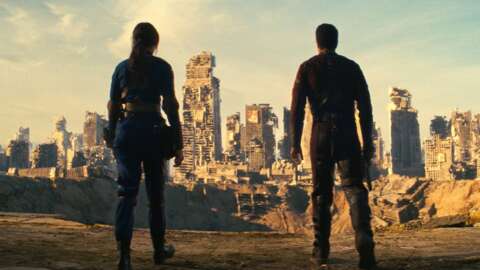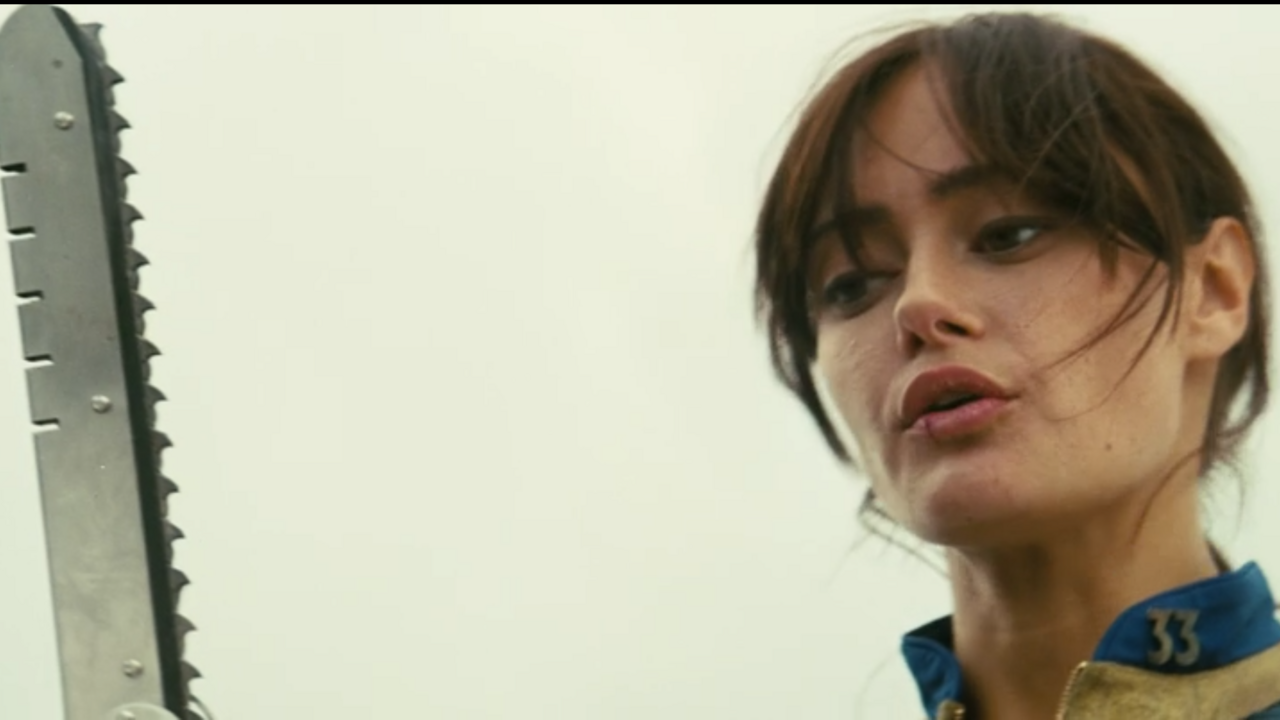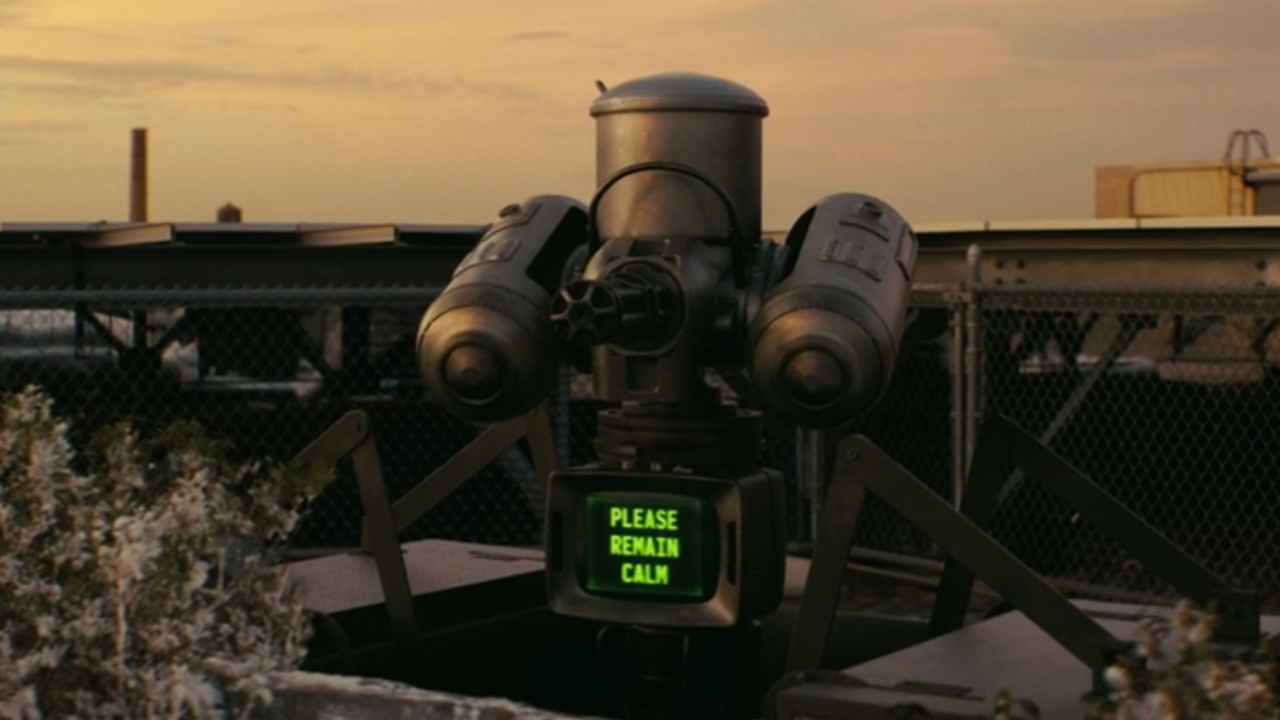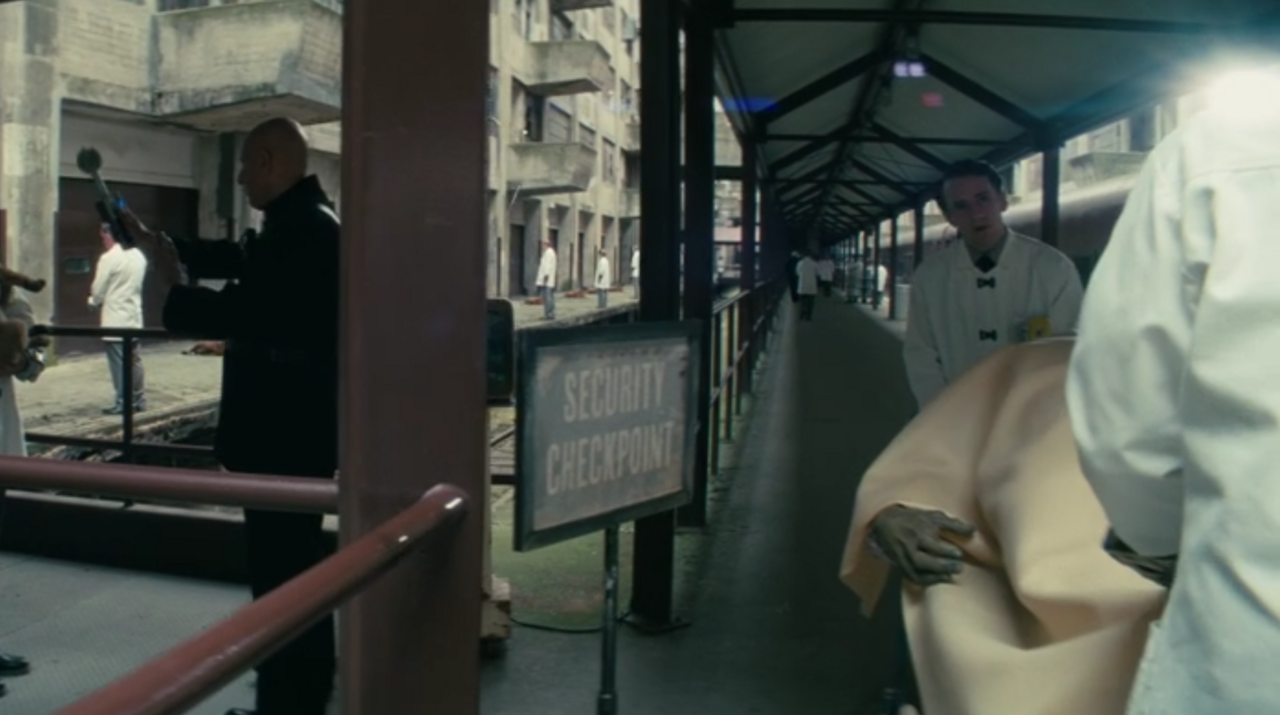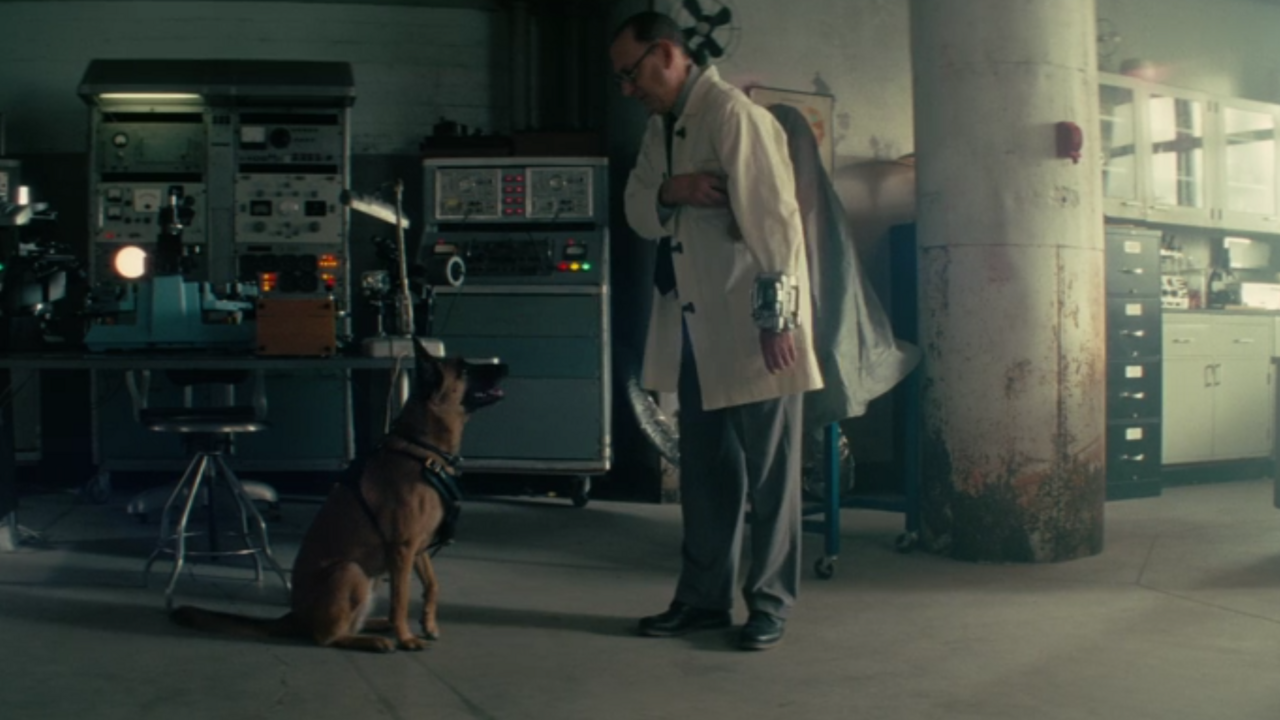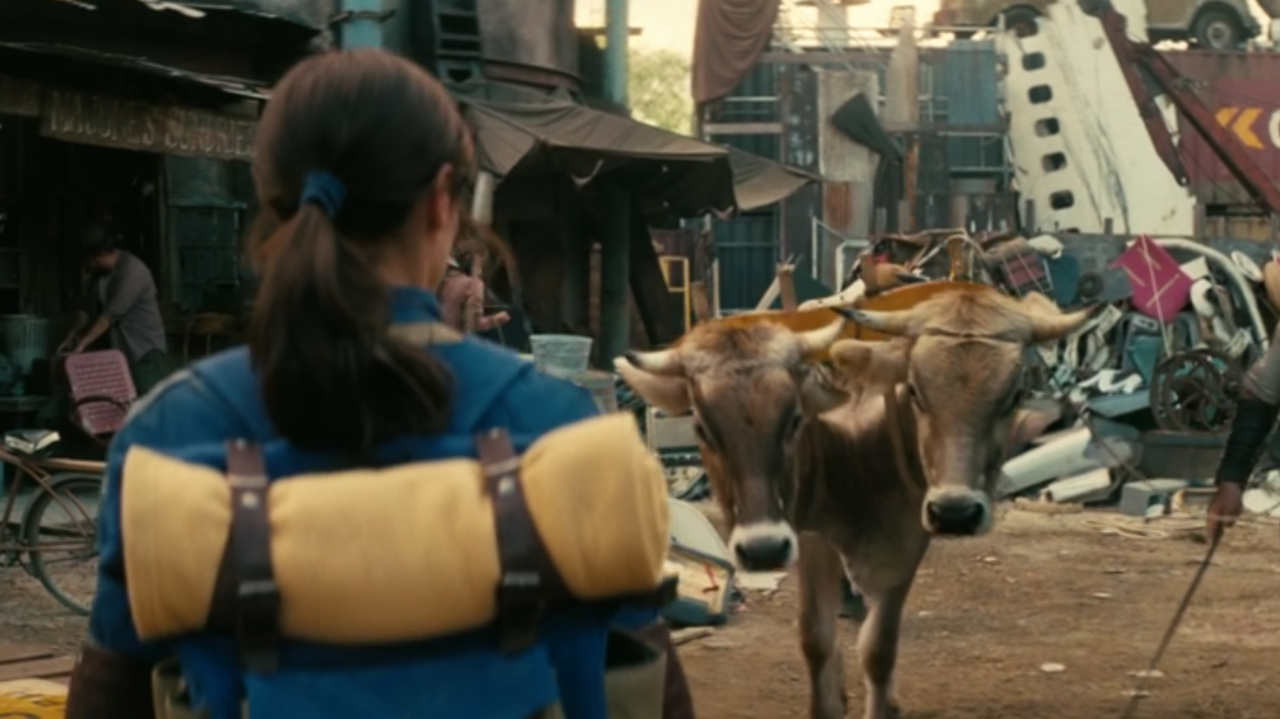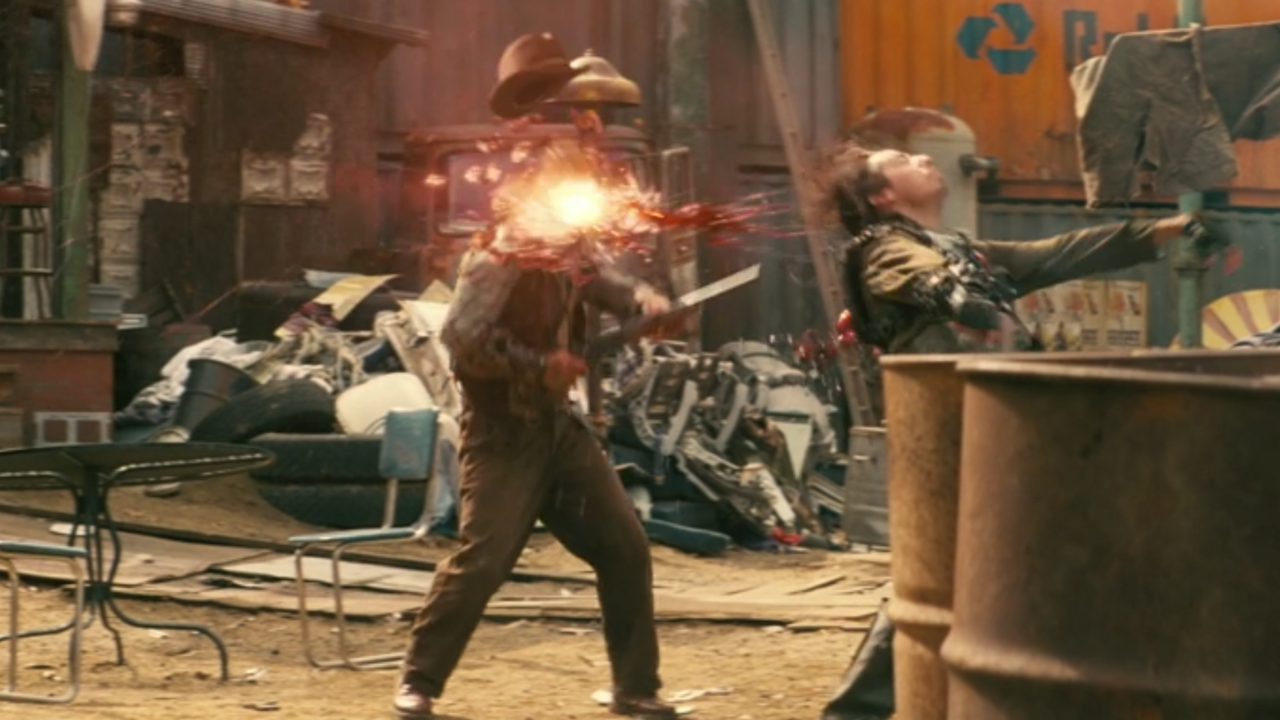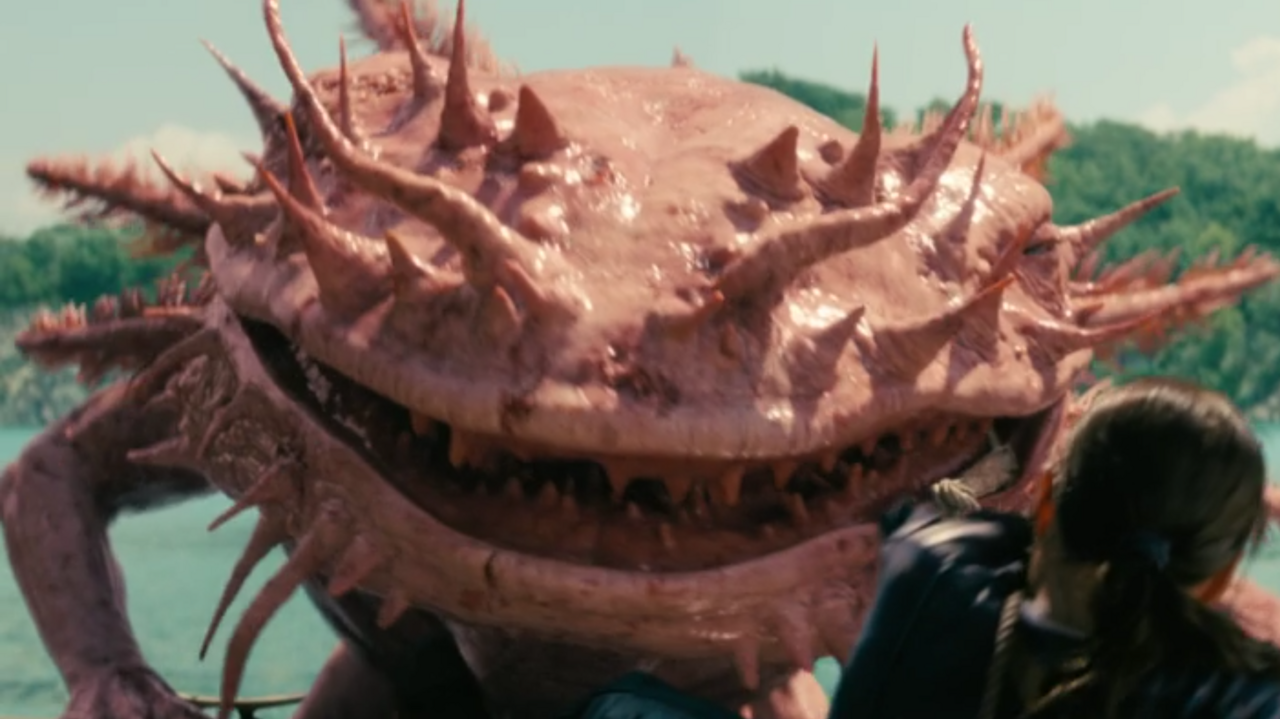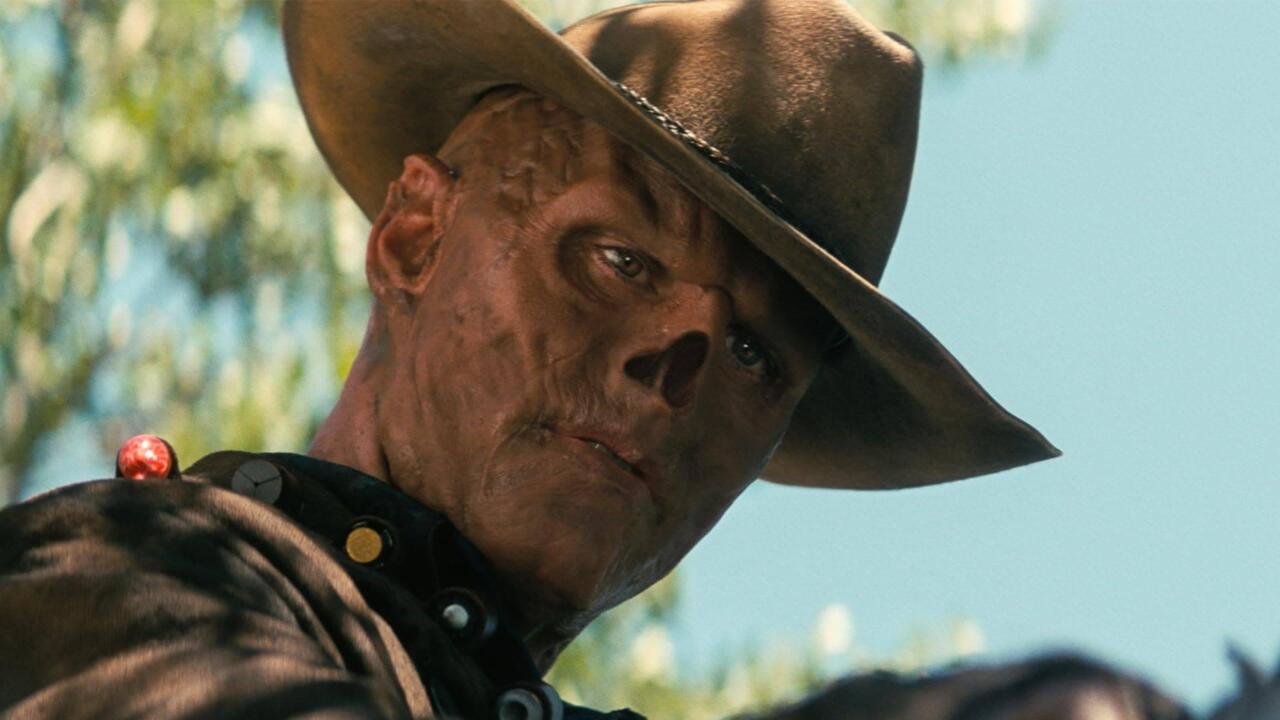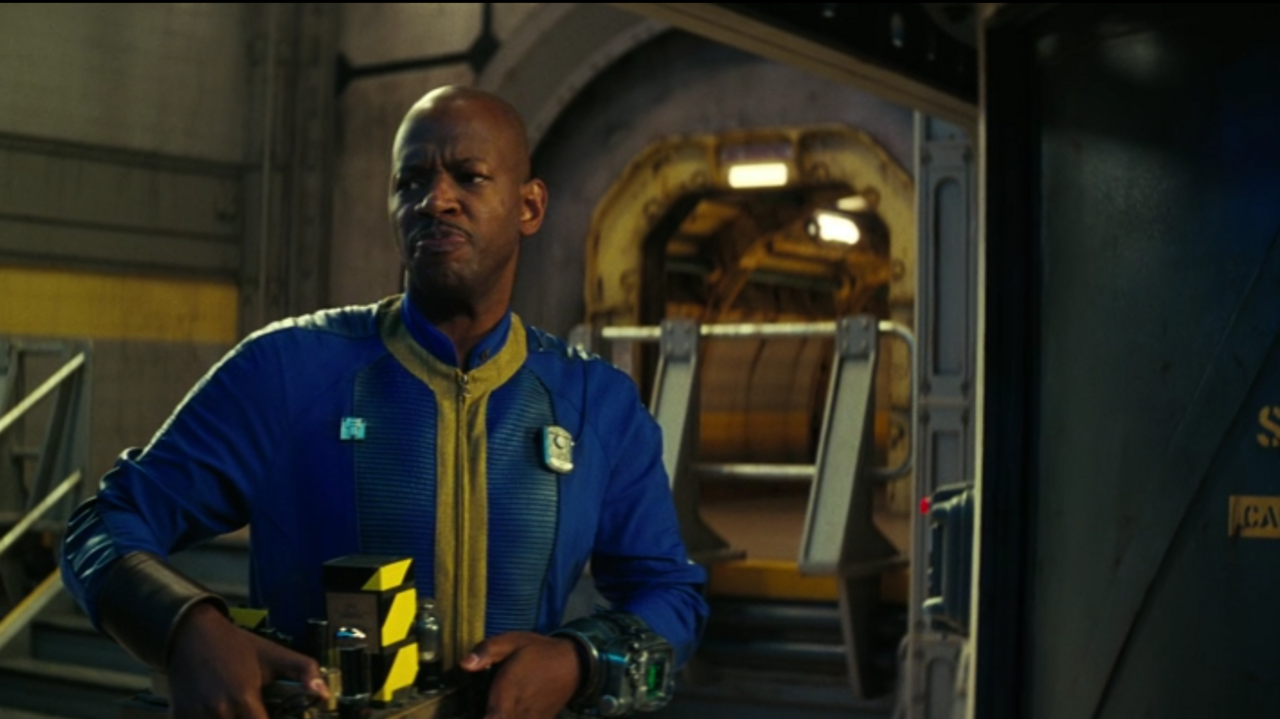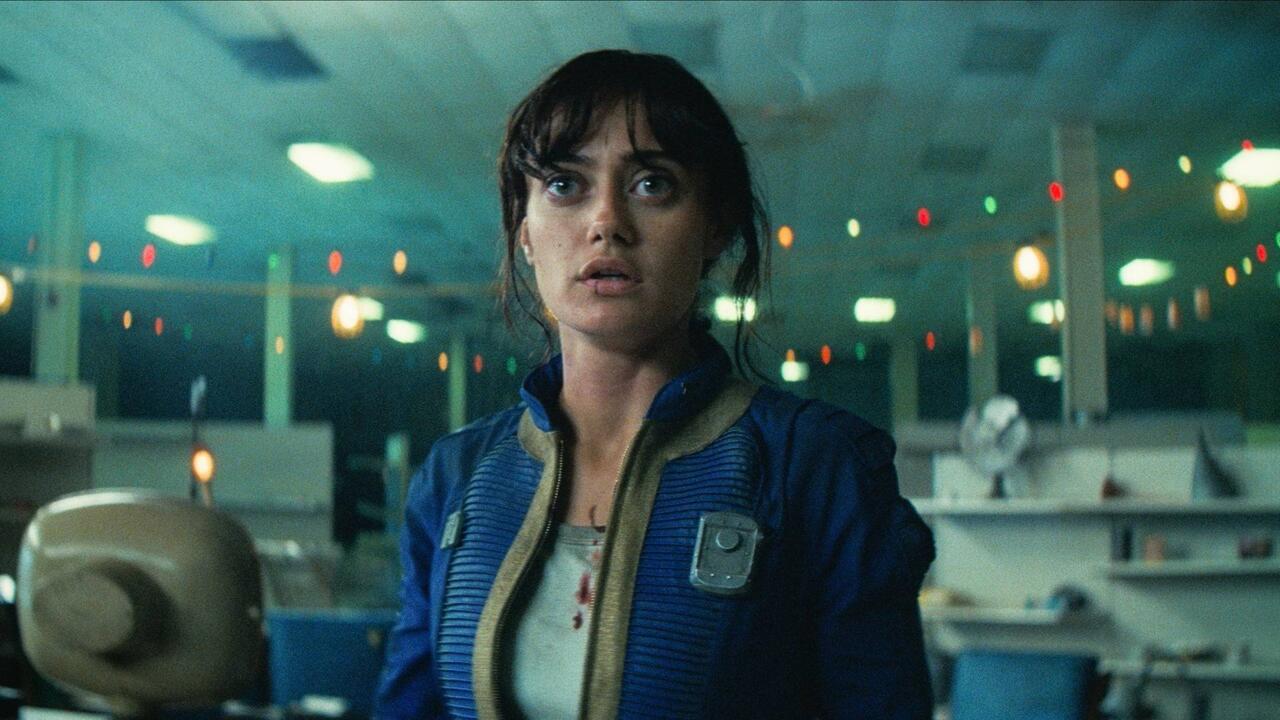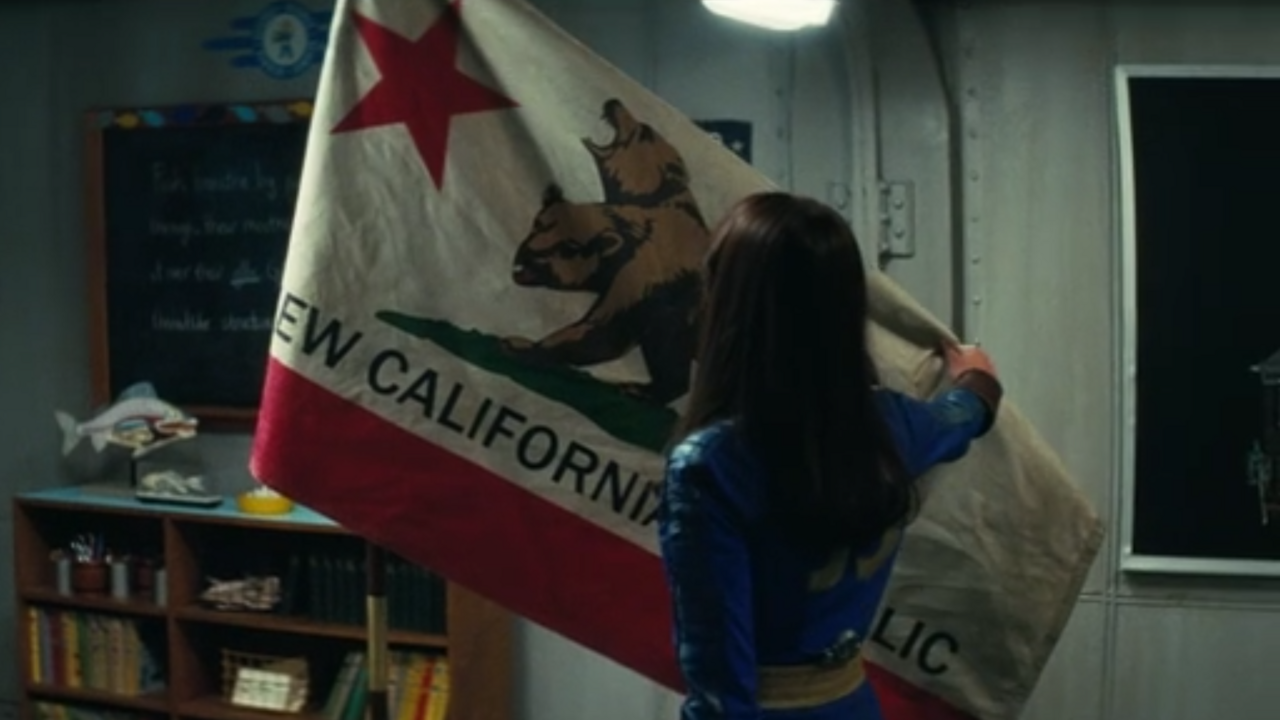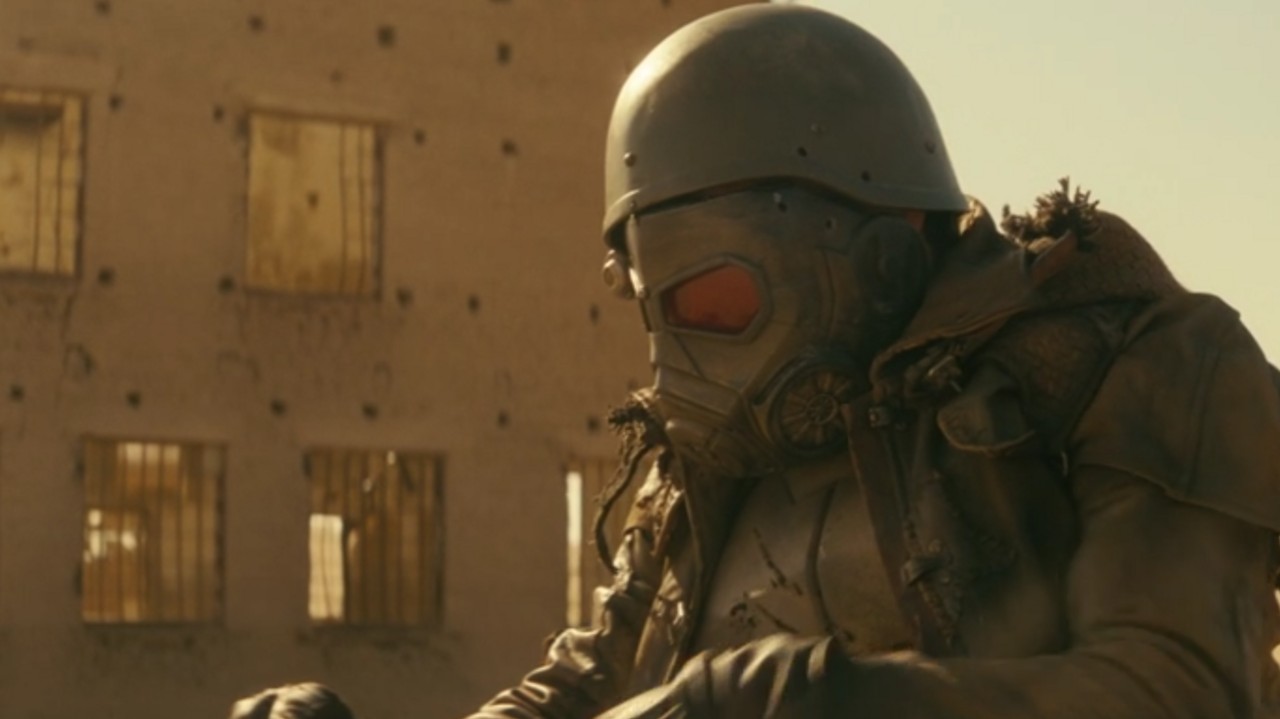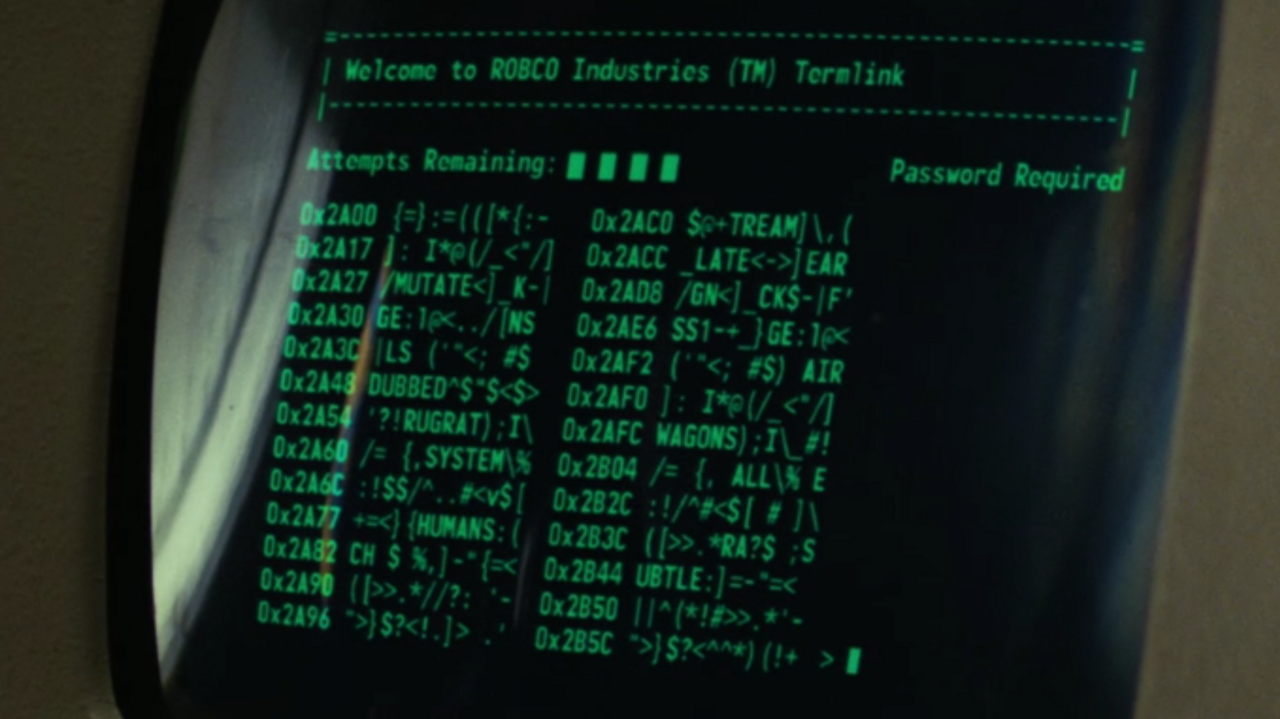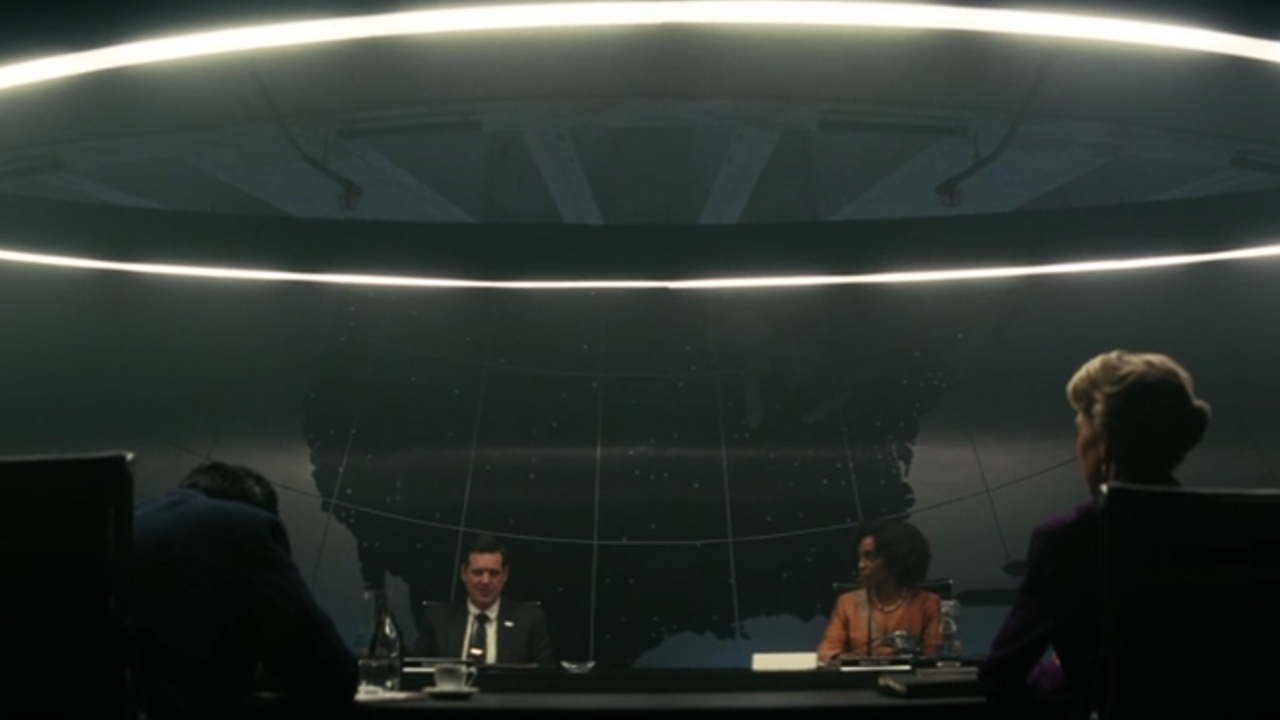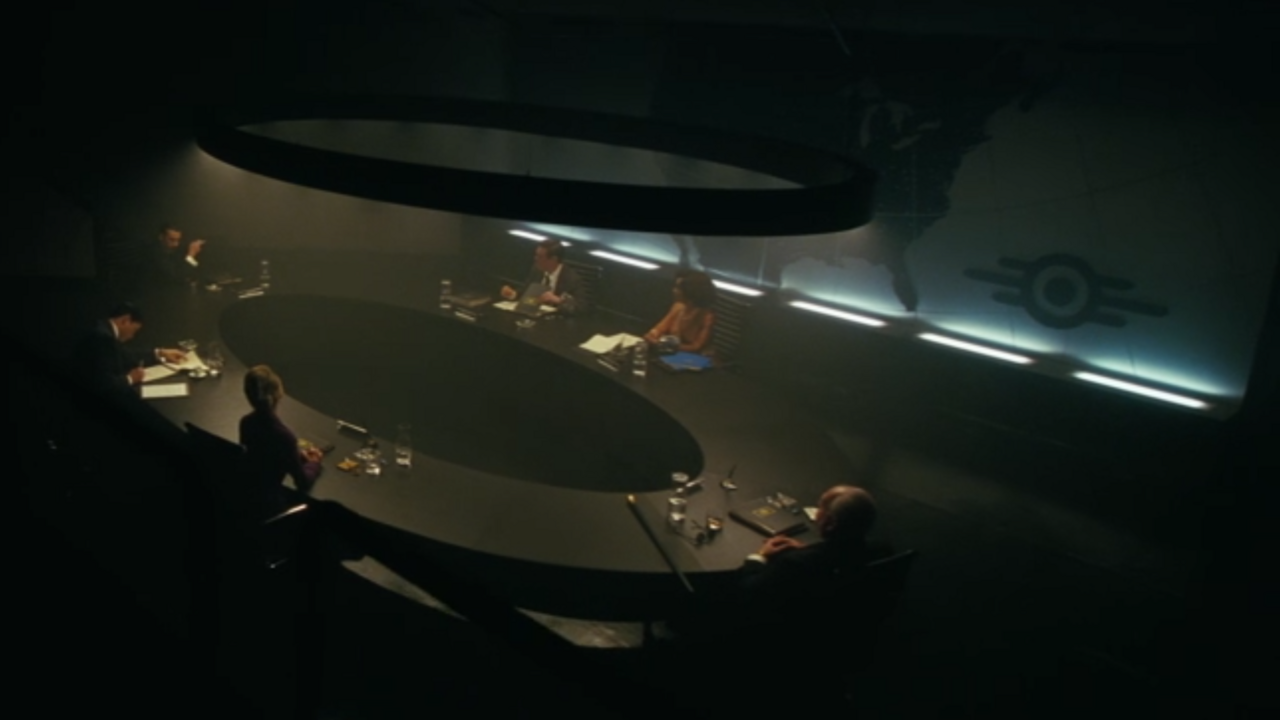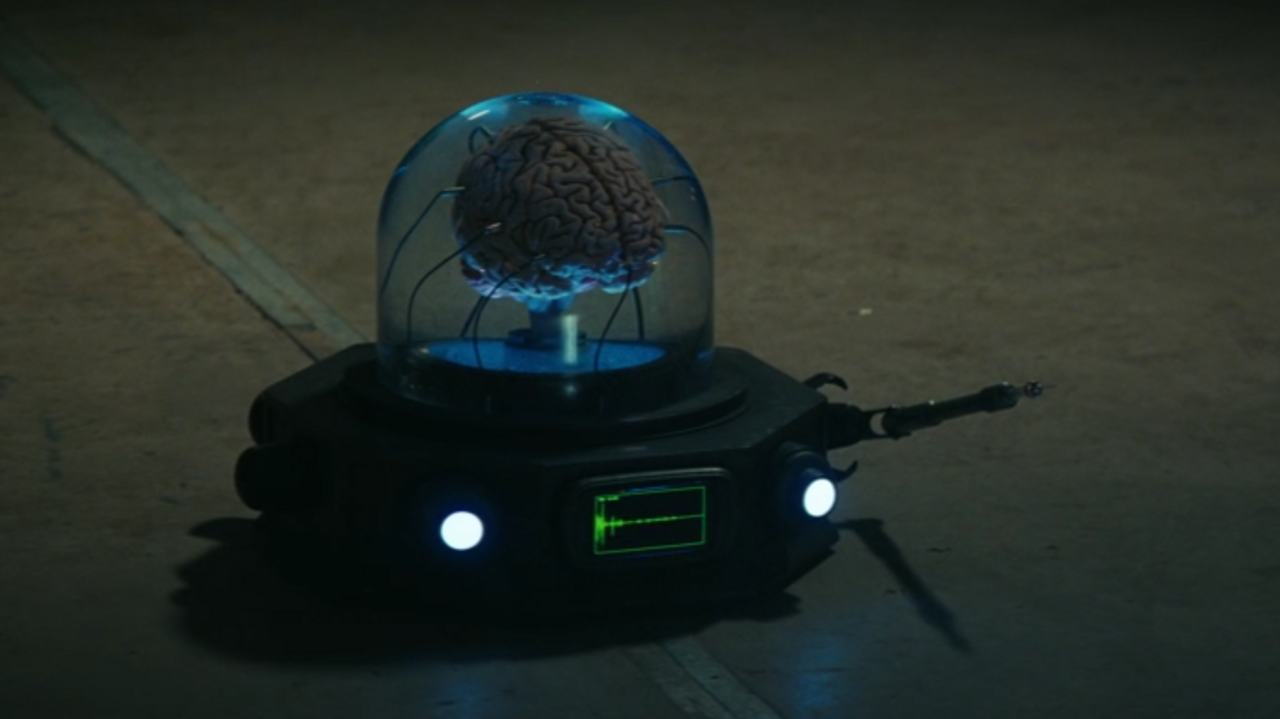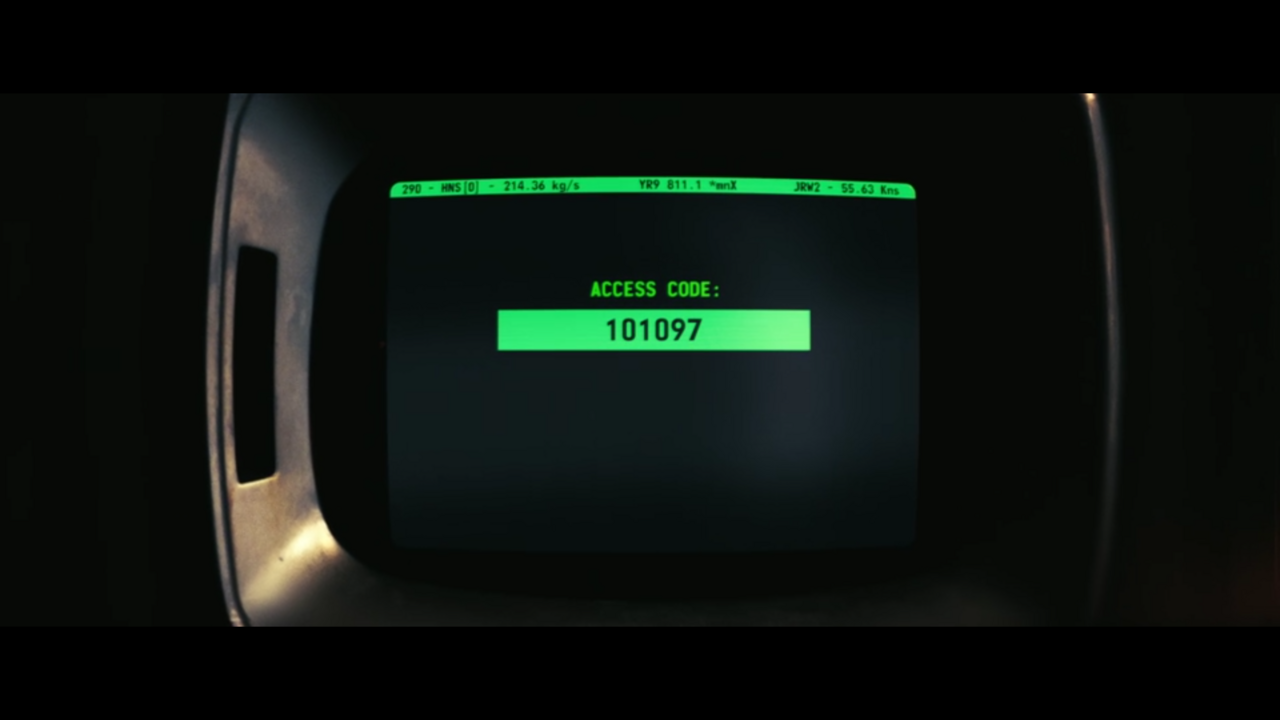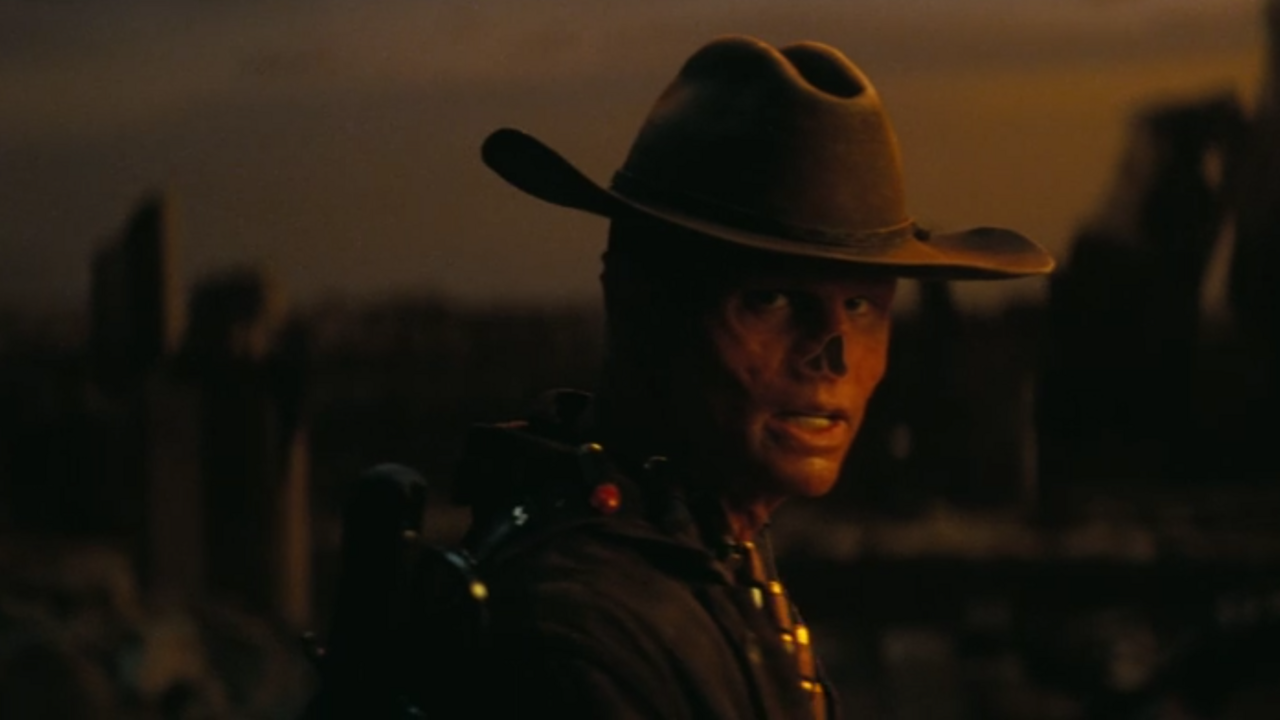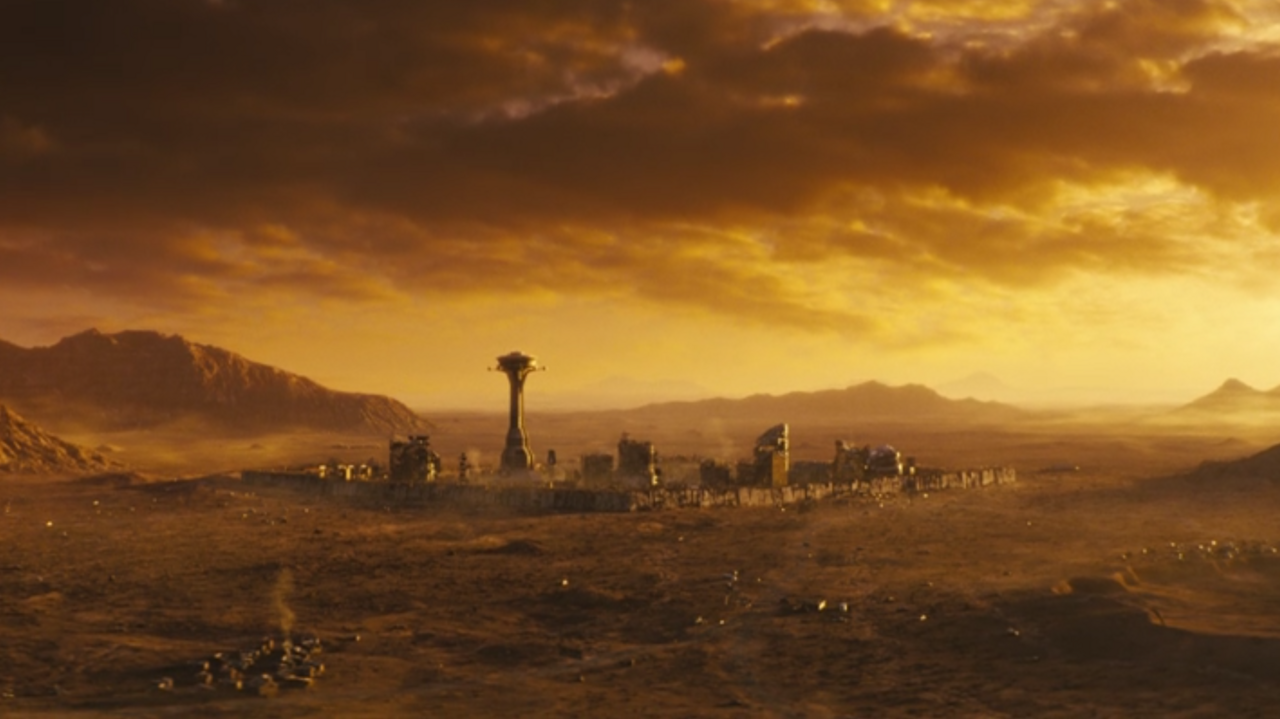By Phil Owen on
GameSpot may receive revenue from affiliate and advertising partnerships for sharing this content and from purchases through links.
The Fallout TV show has arrived, and it has given us an all-new tale in the Fallout universe. This isn’t a normal adaptation, though, but rather a new entry in the franchise set in 2296, which is the furthest we’ve ever gone in the timeline. In other words, all the Fallout games took place in the show’s past. That’s pretty neat! And it means that, on top of the many fun surface-level Easter eggs and other nods to the games, we’ve also got some big and meaningful story connections to sort through. Whether you’re a longtime fan of the games or a newb just getting started with Fallout, there’s a lot you can glean about where this show is headed based on these references and connections. So let’s dive in.
But be warned: This article will be full of spoilers up through the very last shot of the Season 1 finale. If you don’t want to know about that stuff, you should bail pretty soon.
The music
The Fallout series has long been fond of early 20th century pop music, and the TV show uses a ton of throwback needle drops. While a lot of these songs are new picks for the franchise, there are some that have been used in the games previously, like “I Don’t Want To Set the World on Fire”–which plays when Lucy decides to chop off Wilzig’s head at the end of Episode 2–and several other tracks by The Ink Spots, a singing group that’s gotten tons of play across the game franchise.
The Enclave
One of the most mysterious characters on the show is Wilzig, the scientist whose head everybody would end up chasing around for most of Season 1. The Brotherhood of Steel, and the guy who pulled Cooper Howard out of his grave in the first episode, think he’s from the Enclave–the remnants of the pre-war US government that served as the main antagonists of Fallout 2 and Fallout 3. Based on the fact that both the Eastern and Western branches of the Enclave seemed to be pretty thoroughly eradicated in those games, as well as info we get in later episodes, I suspect that Wilzig actually worked at a West Tek facility.
Super Mutants
One of the reasons I think that is because Wilzig, when he escapes the compound, briefly encounters the corpse of a green super mutant on a slab–super mutants are humans who were subjected to a virus created by West Tek. Super mutants aren’t really the Enclave’s thing, because the Enclave wants to kill everyone on Earth who isn’t a baseline pre-war human being.
Dogmeat
Fallout games love to give the player a dog companion, each of whom we informally know as Dogmeat. The second episode of the Fallout show gives a little bit of backstory for its dog companion character, showing that she was raised and trained at Wilzig’s facility, and so she’s not just a random stray dog who’s inexplicably great at following orders like the Dogmeats from the games.
Brahmin
In Filly we get a brief glimpse of one of Fallout’s greatest animals: a two-headed cow known as a brahmin.
Cooper’s bloody mess
During the big fight in Filly when Cooper Howard comes for Wilzig, Cooper’s shots do a lot more damage to the people he’s hitting than you’d think they should–basically, any body part his bullets hit during this scene explode in rather spectacular fashion. This is likely a small nod to the games’ Bloody Mess perk, which makes it so that when the player shoots an enemy, it’ll frequently explode in a huge, uh, mess of blood and body parts. And while we didn’t get to see the interface, there’s some big VATS energy in how precise his aim is.
A gulper
We meet a couple weird mutant creatures called gulpers in the show; these are mutant geckos in Fallout 4’s Far Harbor DLC and Fallout 76, though these seem like different creatures. They look fairly different from the game creatures, and they end up getting a location-specific origin–they were made by scientists in Vault 4 in Los Angeles, while both of those games take place on the East Coast.
“Thou shalt be sidetracked by bullshit every goddamn time”
This line by the ghoul Cooper Howard is a fourth-wall-breaking joke about all the side quests players have to do in the Fallout games.
Vault water chip is busted
We learn in the third episode that Vault 33’s water purification chip has broken and needs to be fixed. We never get any follow-up on that situation other than an offhand mention of a water crisis a few episodes later–nobody seems to be doing anything about it, which is weird. But it’s still a pretty big Easter egg–a vault’s water chip breaking is the inciting incident in the original Fallout game, which caused the player character to leave their home vault and look for help.
Super Duper Mart
A large chunk of the fourth episode takes place in a Super Duper Mart, which is a memorable store brand from the games. Because, well, there’s always something weird happening at Super Duper Mart, just like the organ-harvesting operation that a couple guys and their robot have going on in this one.
Shady Sands and the New California Republic
At the center of the Fallout TV show’s version of Los Angeles is a giant crater–the remains of a place called Shady Sands. This place was a key location in both of the first two Fallout games, becoming the capital of the New California Republic, the wasteland’s first true functional post-war government. A history lesson that Lucy sees in Vault 4 indicated that Shady Sands was nuked in 2277, though this can’t be right as Shady Sands and the NCR still existed as of 2281, when Fallout: New Vegas takes place.
Fallout title theme when Lucy sees the NCR flag
In the same scene as Lucy’s history lesson, she gets a close look at an NCR flag, and when she does, we hear the iconic Fallout title theme that you’ll probably remember from the start menus of the games..
Scavengers wearing NCR soldier suits
At the start of the seventh episode we see a couple random guys scavenging metals from the wasteland while wearing some cool uniforms with masks–these are NCR soldier uniforms from the games.
Hacking
When Norm is trying to unravel the secrets of Vaults 31, 32, and 33, he has to hack into Vverseer Betty’s terminal, and he does so using the same hacking interface from the games.
Vault-Tec’s big conspiracy
The season finale features possibly the biggest single lore reveal of the entire Fallout franchise, by depicting a meeting between two senior managers (including Cooper’s wife Barb) from Vault-Tec and representatives of corporations RobCo, West Tek, Big MT and Repconn. During this meeting, the Vault-Tec folks propose a collab: these companies help with Vault-Tec’s vaults, and in exchange they can do weird experiments on the people living in them and also be a part of Vault-Tec’s new world. And then Barb drops the biggest bombshell of them all: that Vault-Tec plans to start the nuclear armageddon themselves.
Both of these details are huge, because we never understood why so many of the vaults were so ridiculous and weird, and the games have always been intentionally vague about who sent the first nuke. Now we seemingly know both, though Barb making the proposal to drop a nuke doesn’t necessarily mean they followed through with it. But given the darkly funny nature of the franchise, Vault-Tec makes sense as the ultimate villain.
West Tek’s inclusion at the meeting is why I think Wilzig came from them–why would the Enclave have Vault-Tec’s cold fusion device? West Tek makes more sense, considering the Enclave is never mentioned again after episode 1, and never has any kind of presence on the series at all.
RobCo, West Tek, Big MT and REPCONN
The four companies that Vault-Tec recruits for their conspiracy are all from the games. RobCo is the company that makes all the robots. West Tek was a pre-war weapons manufacturer and biomedical lab–they created the Forced Evolutionary Virus, which in turn created Super Mutants, and the Brotherhood of Steel was founded by soldiers from a West Tek facility in California not long after the bombs fell. REPCONN and Big MT are both from New Vegas–Big MT is a think tank and defense contractor, and REPCONN was an aerospace corporation that built air- and spacecraft.
Robobrain
In the season finale, Norm meets the overseer of Vault 31: a brain in a jar on a small wheeled platform. This is an unarmed version of a robobrain, a common form of robot enemy in the games, all of which are powered by a real human brain taken from a real adult human being. Gross.
101097
It turns out that the thing in Wilzig’s head everybody cared about was a cold fusion particle that needed a code to activate. Lucy’s dad ends up giving it up: 101097. This is a nod to the release date of the original Fallout game, October 10, 1997.
War never changes
Twice in the season finale we get characters who quote the franchise’s tagline: “War… war never changes.” First it’s Barb, at the Vault-Tec conspiracy meeting, and then it’s Cooper, two centuries later, saying it as a reference to Barb’s use.
New Vegas
The final shot of Season 1 sees Lucy’s father, Overseer Hank, approaching New Vegas, which is the wasteland’s version of Las Vegas and the location of the game Fallout: New Vegas. The Fallout TV series has a lot of New Vegas DNA. Two of the companies, REPCONN and Big MT, who joined up with Vault-Tec were created for that game, and the CEO of another, RobCo’s Mr. House, is a major character in that game. And we got to see Mr. House in the flesh at the meeting with Vault-Tec.

